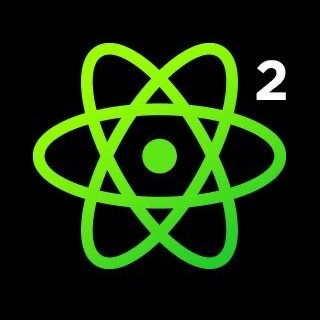You'll learn how to build highly scalable cloud APIs with AWS and integrate them with Next.js and style them using Tailwind CSS.
Hybrid Cloud Development with Next.js, AWS, and Tailwind
FAQ
To configure AWS Amplify for a new project, run 'amplify configure'. This command will guide you through the process of setting up a new user in the AWS IAM console and configuring your local setup to use this user. After configuring, you can initialize your project using 'amplify init'.
The '@model' directive in AWS Amplify is used to define a model for the GraphQL API. It automates the creation of CRUDL (Create, Read, Update, Delete, and List) operations and the corresponding GraphQL schema. It also sets up a DynamoDB table for the model in the backend.
To add authentication to an AWS Amplify project, use the command 'amplify add auth'. This command will allow you to configure authentication settings for your project, typically using Amazon Cognito as the authentication provider. After configuration, run 'amplify push' to deploy the changes.
The 'listPosts' query in AWS Amplify is automatically generated when using the '@model' directive and is used to fetch a list of all posts from the DynamoDB table associated with the GraphQL API. It returns an array of posts that can be displayed in your application.
AWS Amplify allows handling different authorization types by configuring multiple authorization providers during the API setup. For example, you can set up both API Key and Amazon Cognito User Pools to allow public and private access patterns. Use 'amplify update api' to add or configure authorization types.
In a Next.js project, dynamic web routes can be created using file-based routing. For example, by creating a file named '[id].js' inside the 'pages' directory, you can set up a dynamic route that handles requests based on the 'id' parameter. AWS Amplify complements this by handling backend operations such as fetching data based on 'id'.
The '@auth' directive in AWS Amplify is used to define authorization rules for GraphQL operations on a particular type. It supports configurations like specifying which user groups have permissions to access or modify resources. This directive helps in implementing fine-grained access control in your application.
To optimize GraphQL queries in AWS Amplify, you can use the '@key' directive to define secondary indexes on DynamoDB tables. This directive allows you to specify alternative query strategies by indexing additional fields, which can improve the performance and efficiency of data retrieval operations.
Watch more workshops on topic
In this workshop, we'll explore how Next.js, a React-based framework, can be used to build a static website with server-side rendering and dynamic routing. You'll learn how to use Sanity as a headless CMS to manage your website’s content, create custom page templates with Next.js, use APIs to integrate with the CMS, and deploy your website to production with Vercel.
By the end of this workshop, you will have a solid understanding of how Next.js and Sanity.io can be used together to create a high-performance, scalable, and flexible website.
Table of contents:
- Next.js overview and getting started with Next.js
- API Routes with Next.js & building a GraphQL API
- Using the Neo4j GraphQL Library
- Working with Apollo Client and GraphQL data fetching in Next.js
- Deploying with Vercel and Neo4j Aura
Check out more articles and videos
We constantly think of articles and videos that might spark Git people interest / skill us up or help building a stellar career













Comments